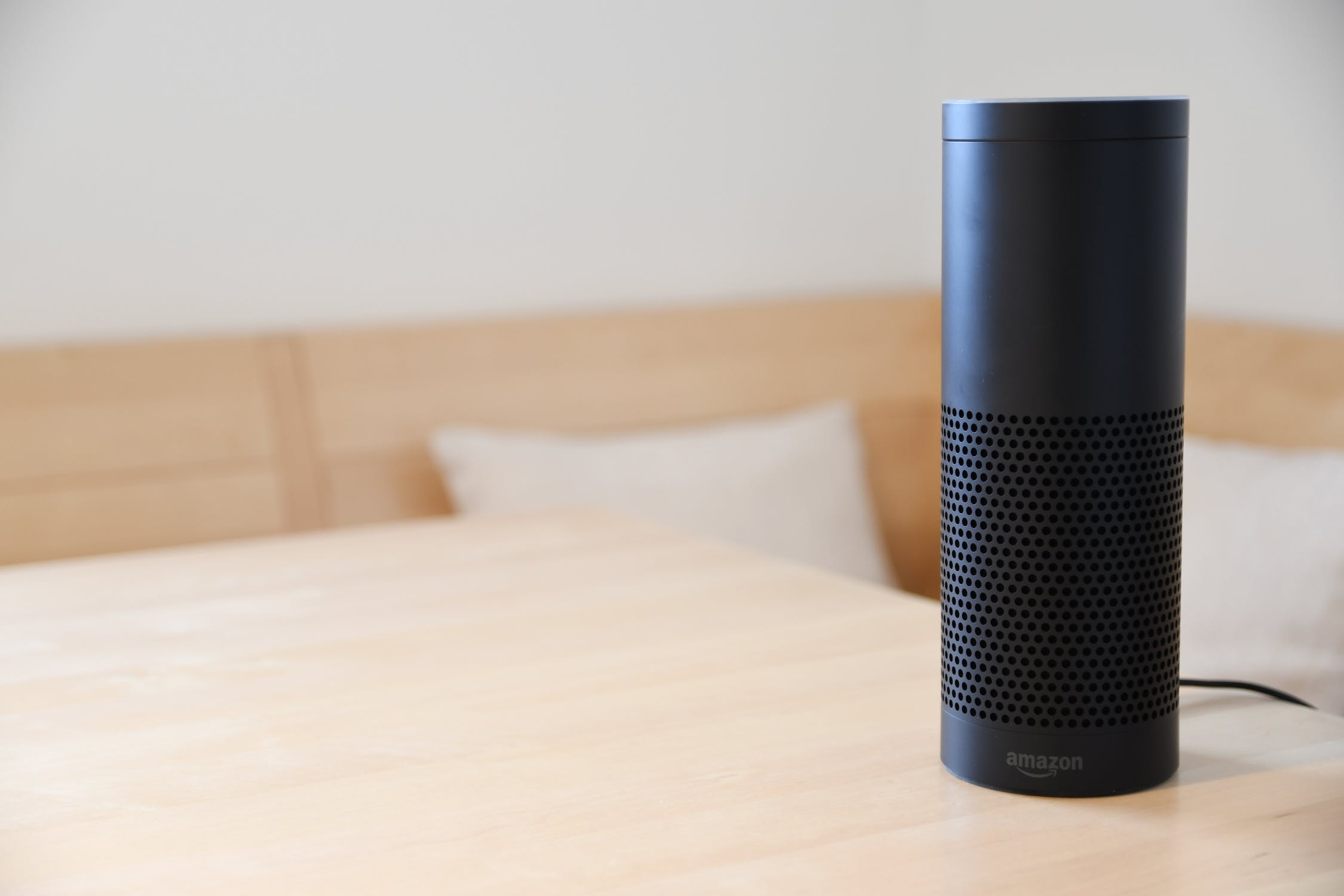
Smart Home Market Forecast 2019
Smart home products are beginning to come into their own, and there is a long way to go before they reach their full potential. Amazon Echos and Google Home units that flew off the shelf last year (and continue to do so) are doing more than making for an easy gift for your tech-minded friend. Smart home devices stand as the entry point for a whole new market that is not only growing, but creating new opportunities for marketers that demand new strategies.
The evolving smart home market is touching more and more areas of users’ homes. In a recent report from MarketsandMarkets™, the overall smart home market brought in $76.6 billion (U.S.) in 2018. But by 2024, the report forecasts, that market will grow to $151.4 billion (U.S.), with 12.02 percent compound aggregate growth.
The ability to create items that integrate with many common home tasks, make it easy to see where this growth takes root. This kind of rapid expansion doesn’t just come from technology, but an array of other factors, including:
- Increased public awareness of fitness and healthy lifestyles
- High importance of home monitoring from remote locations
- Rise in the need for energy-saving and low carbon emission solutions
- Cost-reduction measures enabled by smart homes
- Rapid proliferation of smartphones and smart gadgets
- Existence of various market players focusing on expanding their smart home product portfolios
- Widespread concern about safety, security and convenience.
It’s not doubtful that the marriage of convenience and function will continue to drive the growth of the smart home market. In fact, a study by Statista from November 2018, suggests that home penetration of smart home products will hit 33.2 percent in 2019 and is expected to hit nearly 54 percent by 2023.

What does that mean for companies looking to find a way in to homes through their customers’ conversations with Alexa or the Google Assistant? The opportunities that exist in the smart home market have a lot to do with products in the sectors that look to offer the most potential.
Home Entertainment:
A common access point for many homes, this segment is made up of products and services for multiroom entertainment as well as connected remote controls and streaming devices. While Amazon and Google may be the most prevalent examples of these products, with Echo, Google Home, Chromecast and Fire Stick among just a few of the products from the two companies, a growing array of entertainment products are coming to market looking to leverage existing strengths (for example, sound quality) with the growing network of smart home connectivity.
Comfort and Lighting:
An area that has benefited from early adopters, products such as sensors and controls for doors, windows, shutters, controllable light sources and garage door controls have been popular primarily with males under the age of 35. But adoption decreases consistently as age increases. Only 3.8 percent of 55–64 year olds use comfort and lighting smart home devices.
Energy Management:
With an attention to energy efficiency and saving on home energy bills, products and services that control temperature and reduce energy consumption are also popular in the smart home market. HVAC companies are already seeing an increase in automated heating control timers, thermostats and temperature sensors with a market that is expected to grow from $13.6 billion in 2018 to $27 billion by 2023
Smart Appliances:
Convenience plays another role in this growing smart home segment. Ranging from both small and large appliances, internet connectivity and Smart Home capabilities are increasingly being built into such appliances as refrigerators, ovens, washing machines, coffee makers, vacuums and more.
Security:
Having the ability to remotely check homes, businesses or other important areas has made this another popular sector for the smart home market. Surveillance products, remote control door locks, motion sensors, connected smoke detectors and other similar products are forecast to see an annual growth rate of 14.6 percent from 2019 to 2023, reflected by an expected household penetration growing from 18 percent this year to 33 percent by 2023.
Opportunities abound for companies looking to benefit from the growing smart home market. Creating messaging and SEO strategies for voice search or developing content that specifically serves needs can help not only set a company apart from the pack, but establish their service as part of a daily routine.
The biggest obstacle in smart home purchases is price. When marketing your product or service, be sure to convey your value proposition to the consumer. Consumers are looking for convenience and need to understand how your product or service is going to make their lives better. Selecting the right target with the right message for your connected home products can help your brand to be seen as being on the leading edge of technology, providing the latest options for their customers.
The future forecast is bright for the smart home market. It is on track to grow to be an increasingly lucrative one for those companies who can thoughtfully engage with it.



